Andreaea: The Resilient Black Moss Thriving in Extreme Environments
Affiliate Disclaimer: As an affiliate, we may earn a small commission when you make a purchase from any of the links on this page at no additional cost to you!
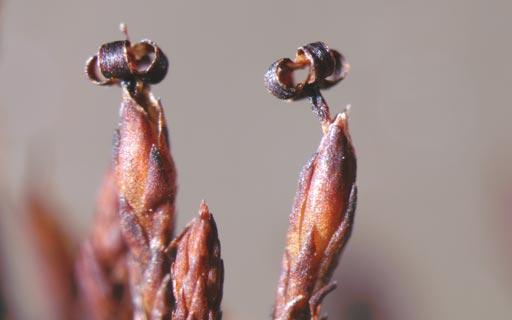
andreaearues1L.jpg from: https://digital-museum.hiroshima-u.ac.jp/~museum/habit/moss_habit/Andreaea rupestris fauriei/Andreaea_rupestris_fauriei.html
Introduction
In the vast and captivating world of bryophytes, the Andreaea rupestris var. fauriei (Besch.) Takaki moss stands out as a remarkable member of the Andreaeaceae family. Often referred to simply as Andreaea, this unassuming yet resilient plant has carved a niche for itself in some of the harshest environments on Earth. Join us as we delve into the fascinating realm of this extraordinary moss, exploring its unique characteristics, global distribution, and ecological significance.
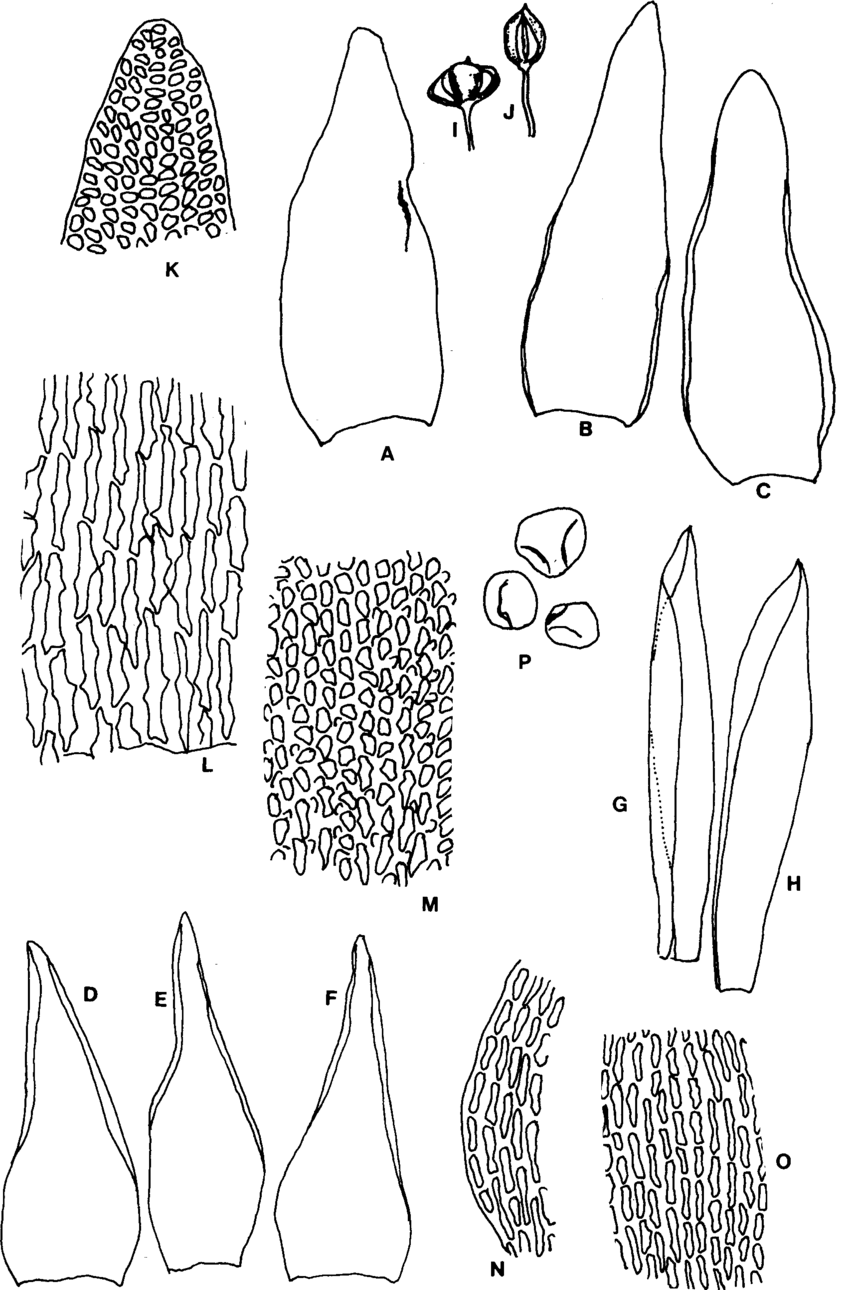
Andreaea-rupestris-Hedw-var-fauriei-Besch-Tak-AF-Leaves-95-GH-Perichaetial.png from: https://www.researchgate.net/figure/Andreaea-rupestris-Hedw-var-fauriei-Besch-Tak-AF-Leaves-95-GH-Perichaetial_fig3_293204062
Background
Before we dive into the intricacies of Andreaea rupestris var. fauriei, it’s essential to understand the broader context of bryophytes. These non-vascular plants, which include mosses, liverworts, and hornworts, are often overlooked but play a crucial role in various ecosystems. Bryophytes are among the oldest land plants, with fossil records dating back over 400 million years, making them true survivors of Earth’s ever-changing landscapes.
Main Content
Morphology and Identification
Andreaea rupestris var. fauriei is a small, tufted moss that forms dense cushions or mats on rocks and soil. Its leaves are narrow, lance-shaped, and arranged in a spiral pattern around the stem. One of the most distinctive features of this moss is its dark, almost black coloration, which helps it absorb heat and moisture from its surroundings.
Global Distribution and Habitat
This hardy moss is widely distributed across the Northern Hemisphere, thriving in alpine and arctic regions, as well as on exposed rock surfaces and cliffs. It can be found in North America, Europe, Asia, and even the Arctic tundra. Andreaea rupestris var. fauriei is well-adapted to survive in extreme conditions, such as low temperatures, high winds, and limited moisture availability.
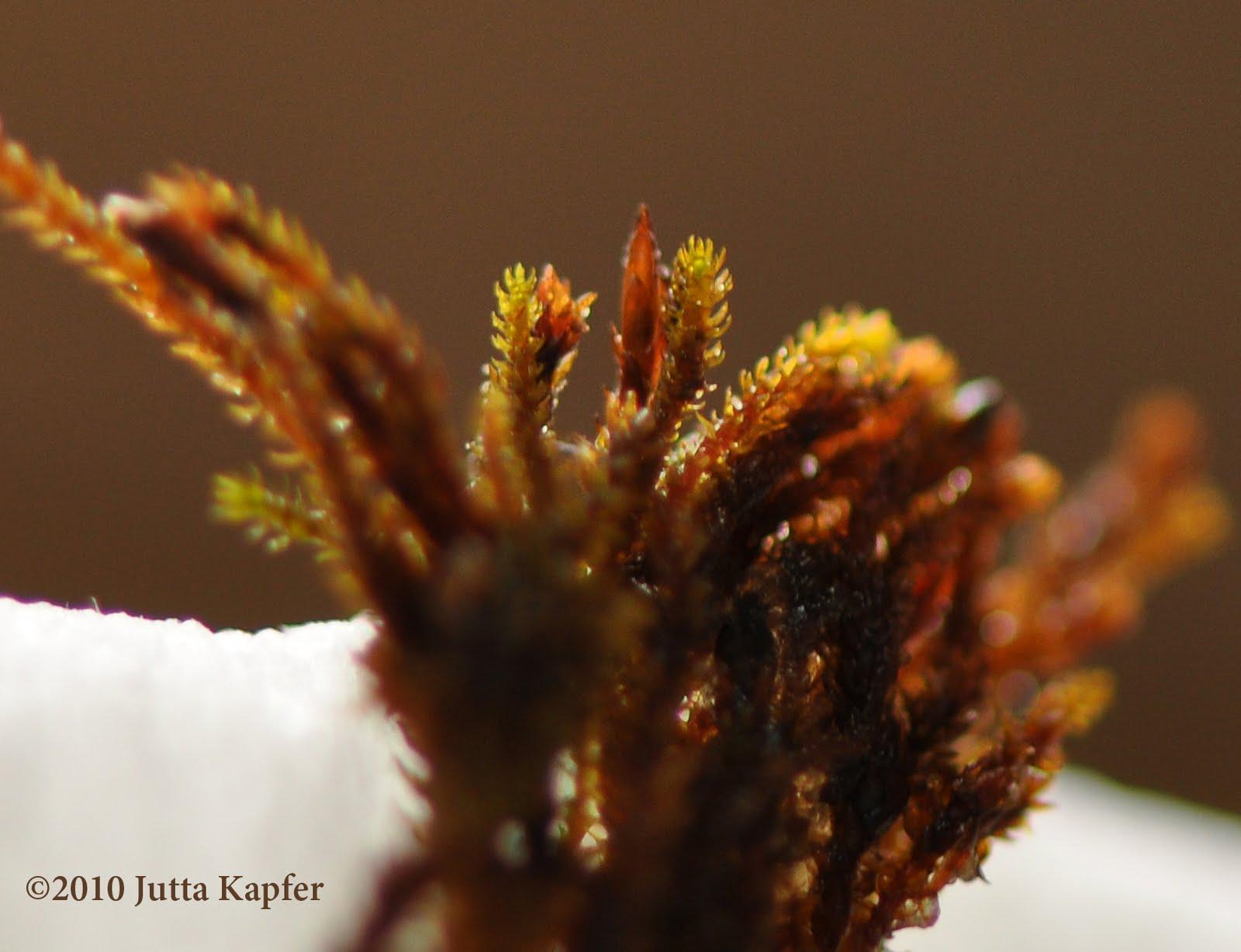
DSC_0031x.jpg from: https://ju-bryophytes.blogspot.com/2009/09/andreaea-rupestris.html
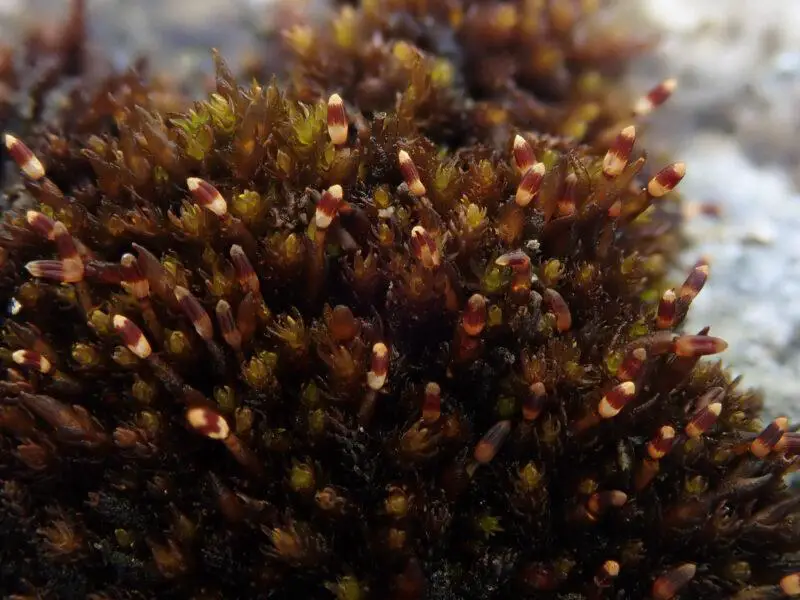
2021-05-22-14-36-13-800×600.jpg from: https://www.britishbryologicalsociety.org.uk/learning/species-finder/andreaea-rupestris/
Ecological Roles and Adaptations
Despite its diminutive size, Andreaea rupestris var. fauriei
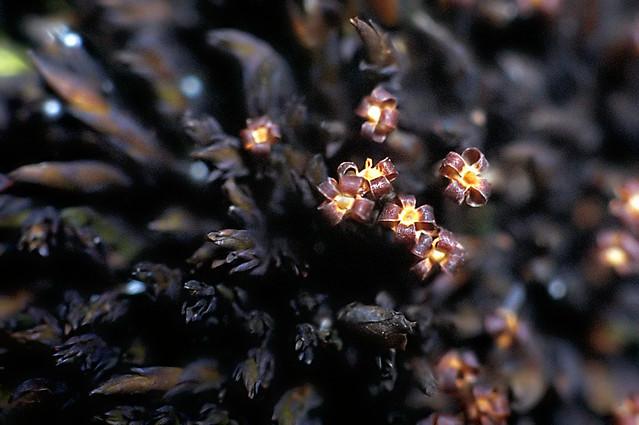
4303024385_0f6e2ff323_z.jpg from: http://www.flickr.com/photos/gjshepherd/4303024385/
plays a vital role in its ecosystem. It acts as a pioneer species, colonizing bare rock surfaces and paving the way for other plants to establish themselves. Additionally, this moss helps to stabilize soil and prevent erosion, making it an essential component of alpine and arctic environments.
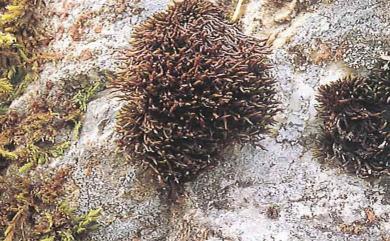
213eb69fa90b9ac65fccec1deaf6e69f.jpg from: https://taieol.tw/pages/8470
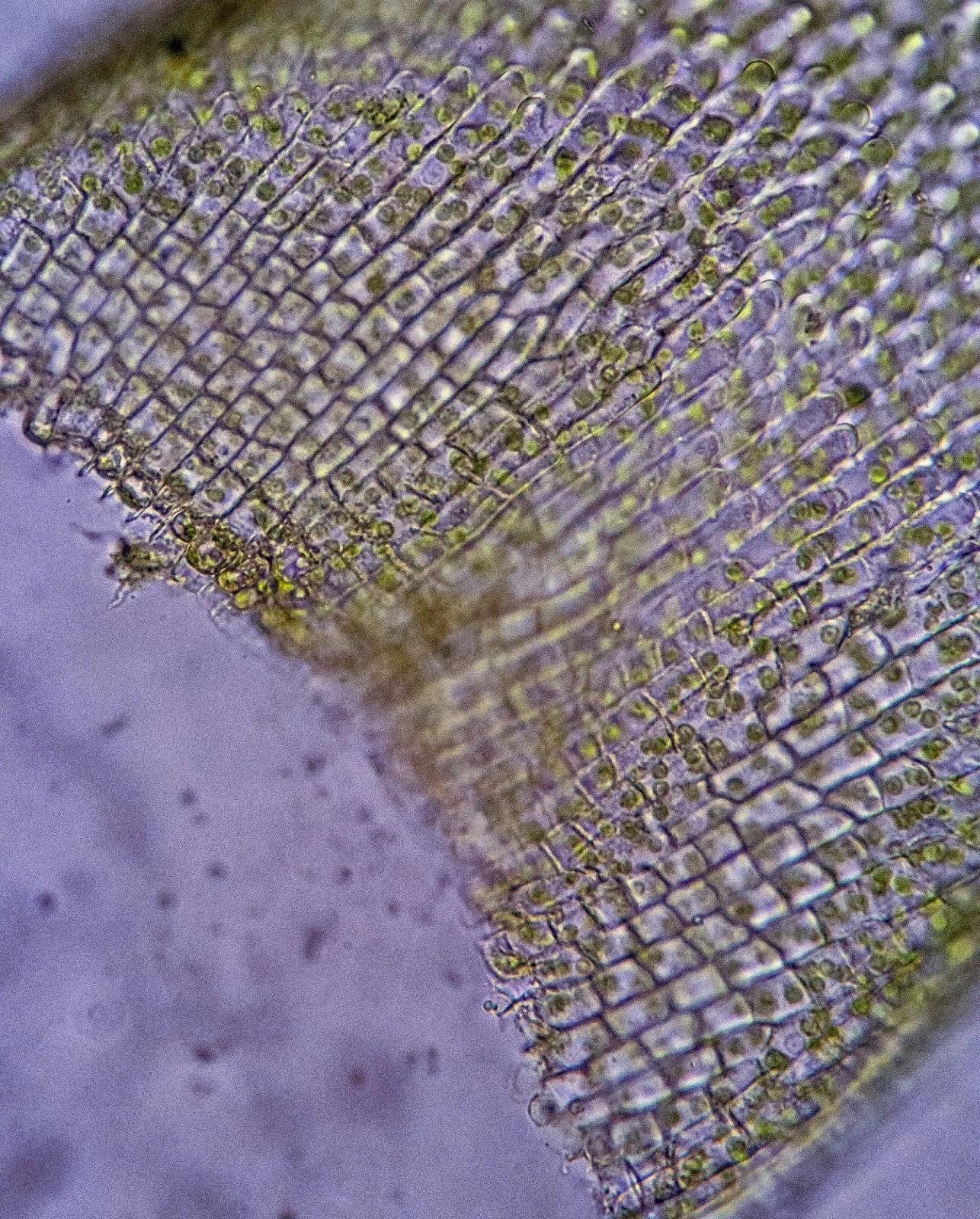
Andraea%2Brupestris%2BSS9494%2BRCT%2B4.jpg from: https://southwalesbryos.blogspot.com/2015/01/andraea-rupestris-var-rupestris-in-rct.html
One of the remarkable adaptations of Andreaea rupestris var. fauriei is its ability to survive desiccation. During periods of drought, the moss can enter a state of dormancy, reviving itself when moisture becomes available again. This resilience is a testament to the incredible survival strategies employed by bryophytes.
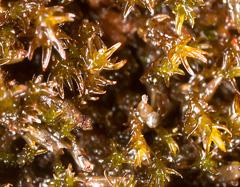
an_rupestris2_small.jpg from: https://wnmu.edu/academic/nspages/gilaflora/andreaea_rupestris.html
Case Studies/Examples
In the Canadian Rocky Mountains, Andreaea rupestris var. fauriei plays a crucial role in the formation of unique plant communities known as “moss heaths.” These moss-dominated ecosystems provide habitat for a diverse array of invertebrates and serve as important feeding grounds for larger animals, such as caribou and mountain goats.
Technical Table
| Characteristic | Description |
|---|---|
| Phylum | Bryophyta |
| Class | Andreaeopsida |
Order
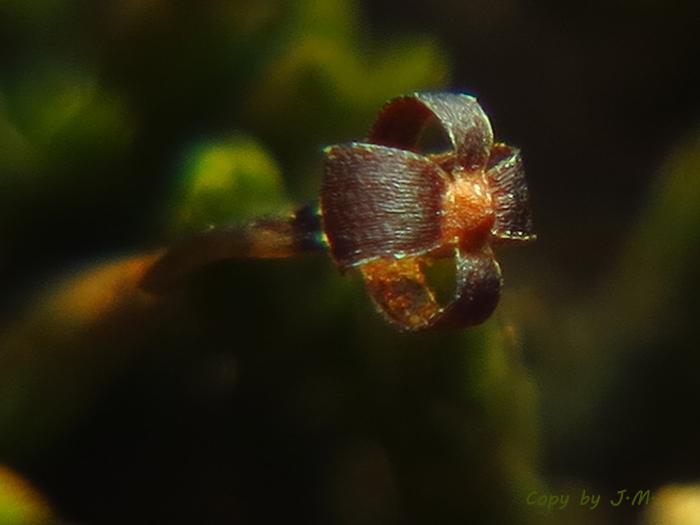 821292.jpg from: https://www.bio-forum.pl/messages/3280/821287.html |
Andreaeales |
| Family | Andreaeaceae |
| Genus | Andreaea |
Species
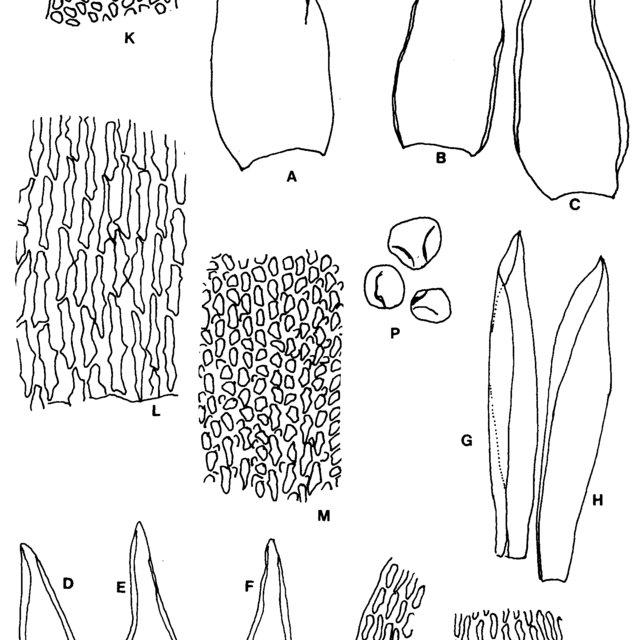 Andreaea-rupestris-Hedw-var-fauriei-Besch-Tak-AF-Leaves-95-GH-Perichaetial_Q640.jpg from: https://www.researchgate.net/figure/Andreaea-rupestris-Hedw-var-rupestris-AD-Leaves-95-EH-Leaves-39-I_fig6_293204062 |
Andreaea rupestris var. fauriei (Besch.) Takaki |
Conclusion
The Andreaea rupestris var. fauriei (Besch.) Takaki moss, a member of the Andreaeaceae family, is a true testament to the resilience and adaptability of bryophytes. From its dark, heat-absorbing coloration to its ability to survive in extreme environments, this moss has evolved remarkable strategies to thrive in some of the harshest conditions on Earth. As we continue to explore and appreciate the diversity of life on our planet, let us ponder the question: What other extraordinary adaptations might we uncover in the microscopic world of bryophytes?
